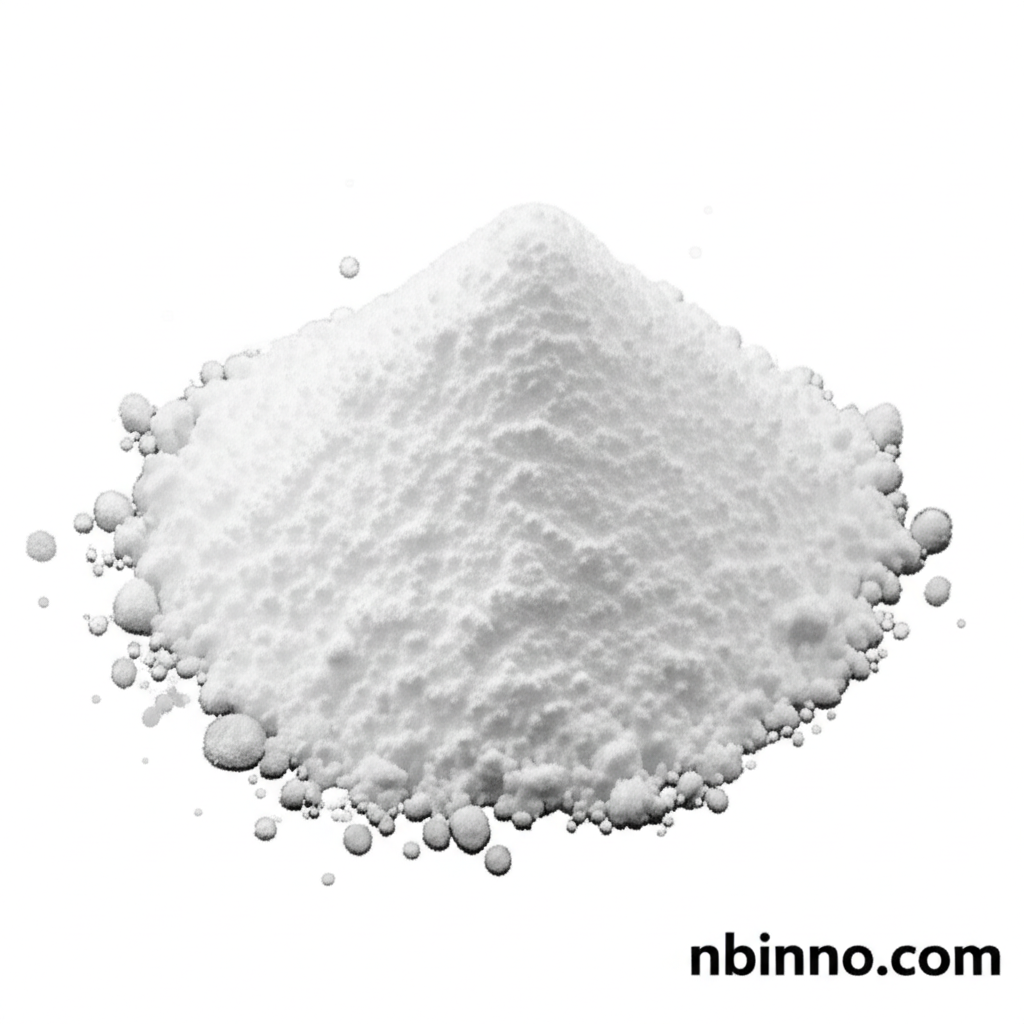Unlock Efficient Synthesis with 2-Chloro-1,3-dimethylimidazolidinium Tetrafluoroborate
Discover a powerful condensation reagent for superior amide and ester synthesis, minimizing racemization in complex reactions.
Get a Quote & SampleProduct Core Value

2-Chloro-1,3-dimethylimidazolidinium tetrafluoroborate
This high-purity crystalline powder is a versatile condensation reagent, pivotal for advancing organic synthesis. Its key role in peptide synthesis ensures high efficiency, particularly when dealing with sterically hindered amino acids, thereby minimizing unwanted racemization. Beyond peptide coupling, it serves as a crucial component in esterification processes and the preparation of advanced coupling reagents and catalysts.
- Leverage our 2-chloro-1,3-dimethylimidazolidinium tetrafluoroborate CAS 153433-26-2 for superior peptide synthesis coupling reagent performance.
- Achieve excellent results in amide and ester synthesis with this reliable organic chemistry condensation reagent.
- Facilitate the synthesis of diazo-transfer reagents and catalysts for palladium and nickel applications.
- Experience minimal racemization when coupling sterically hindered amino acids with our high-purity product.
Advantages in Modern Chemistry
Enhanced Reaction Efficiency
This chemical intermediate significantly boosts reaction efficiency, making it a preferred choice for demanding organic synthesis tasks, including amide and ester formation.
Chiral Integrity Preservation
Its ability to perform sterically hindered amino acid coupling with minimal racemization is critical for producing stereochemically pure peptides, a key factor in pharmaceutical applications.
Versatile Chemical Applications
From synthesizing diazo-transfer reagents to preparing sophisticated catalysts for metal-catalyzed reactions, its versatility broadens its applicability across various chemical fields.
Key Applications
Peptide Synthesis
As a vital peptide synthesis coupling reagent, it facilitates the formation of peptide bonds, especially when handling challenging, sterically hindered amino acids.
Esterification
It is employed in esterification processes, offering an efficient method for creating ester linkages without compromising the integrity of sensitive molecules.
Catalyst Development
This compound plays a role in the synthesis of advanced catalysts used in various metal-mediated organic reactions, pushing the boundaries of catalytic chemistry.
Specialty Chemical Synthesis
Its broad utility makes it an indispensable tool for synthesizing specialized organic molecules and chemical intermediates required in advanced research and industry.
